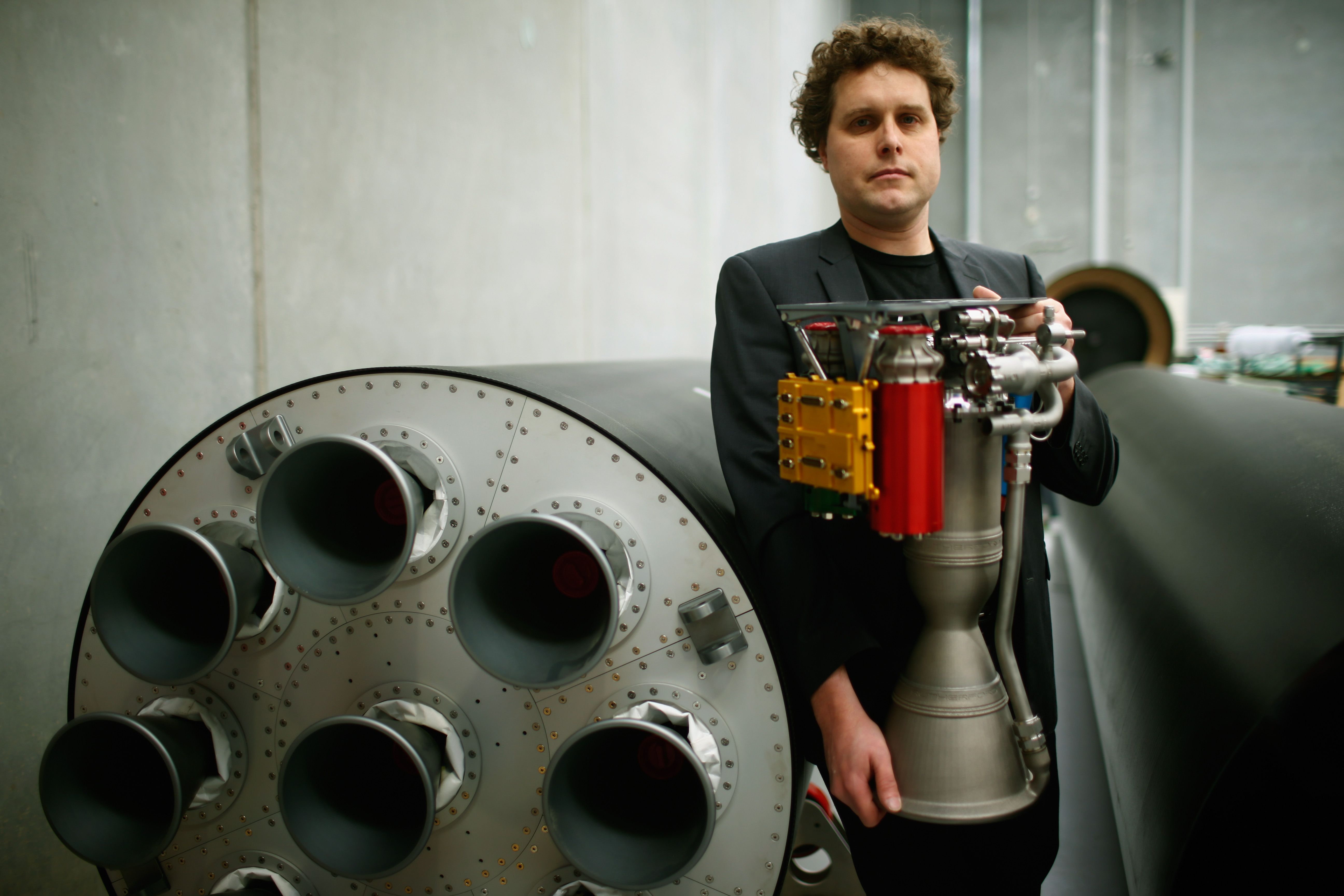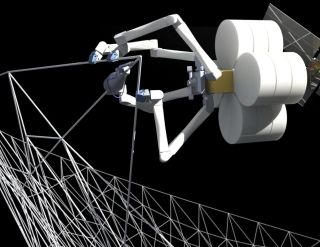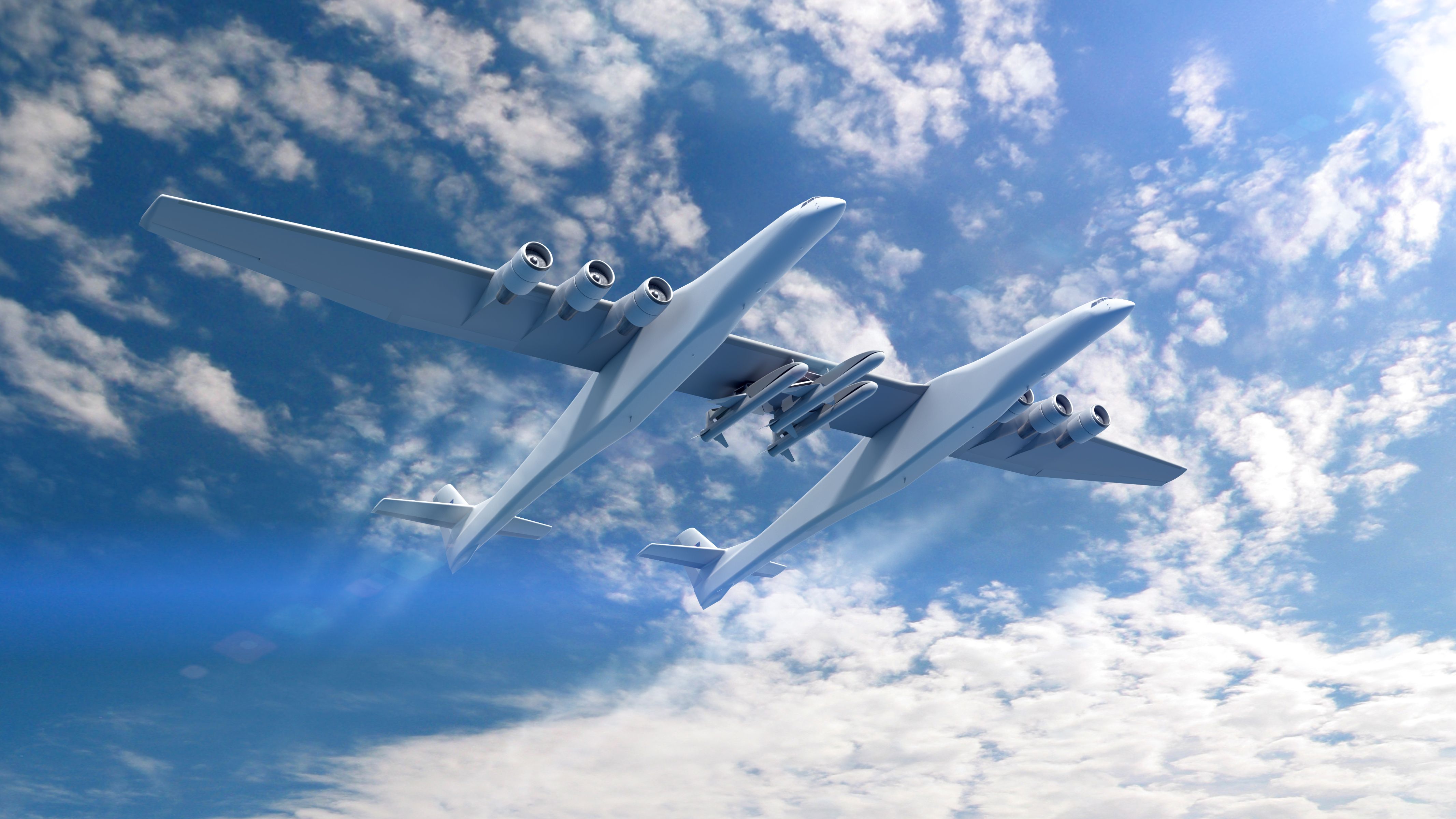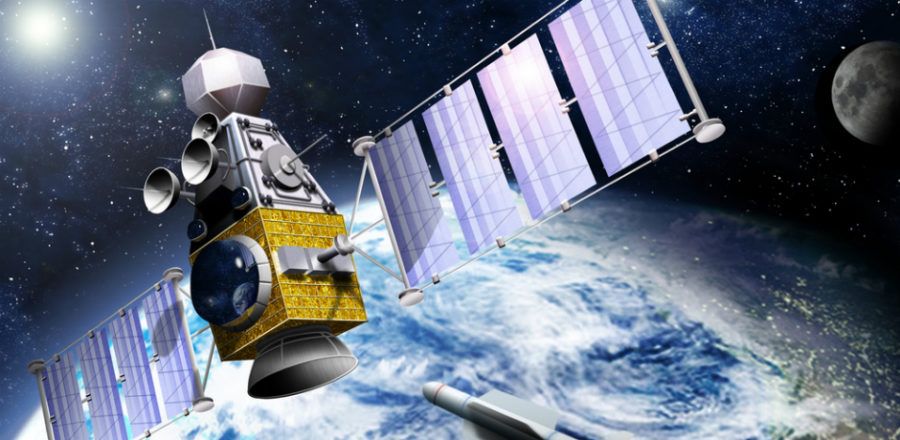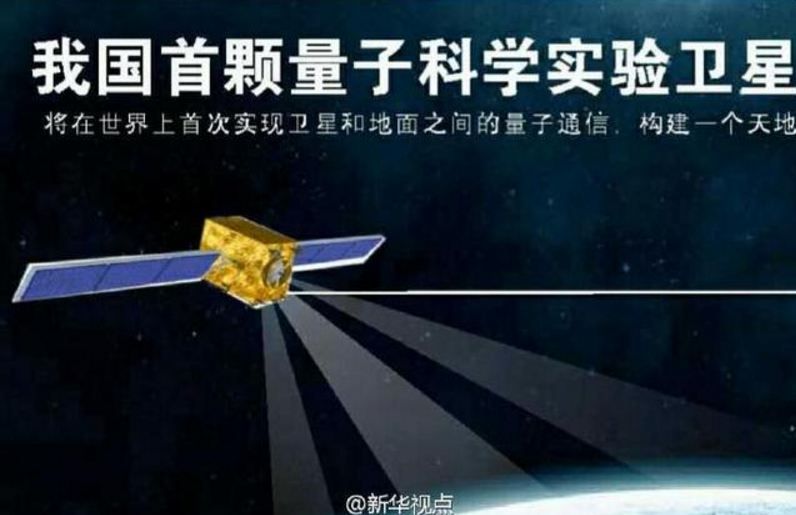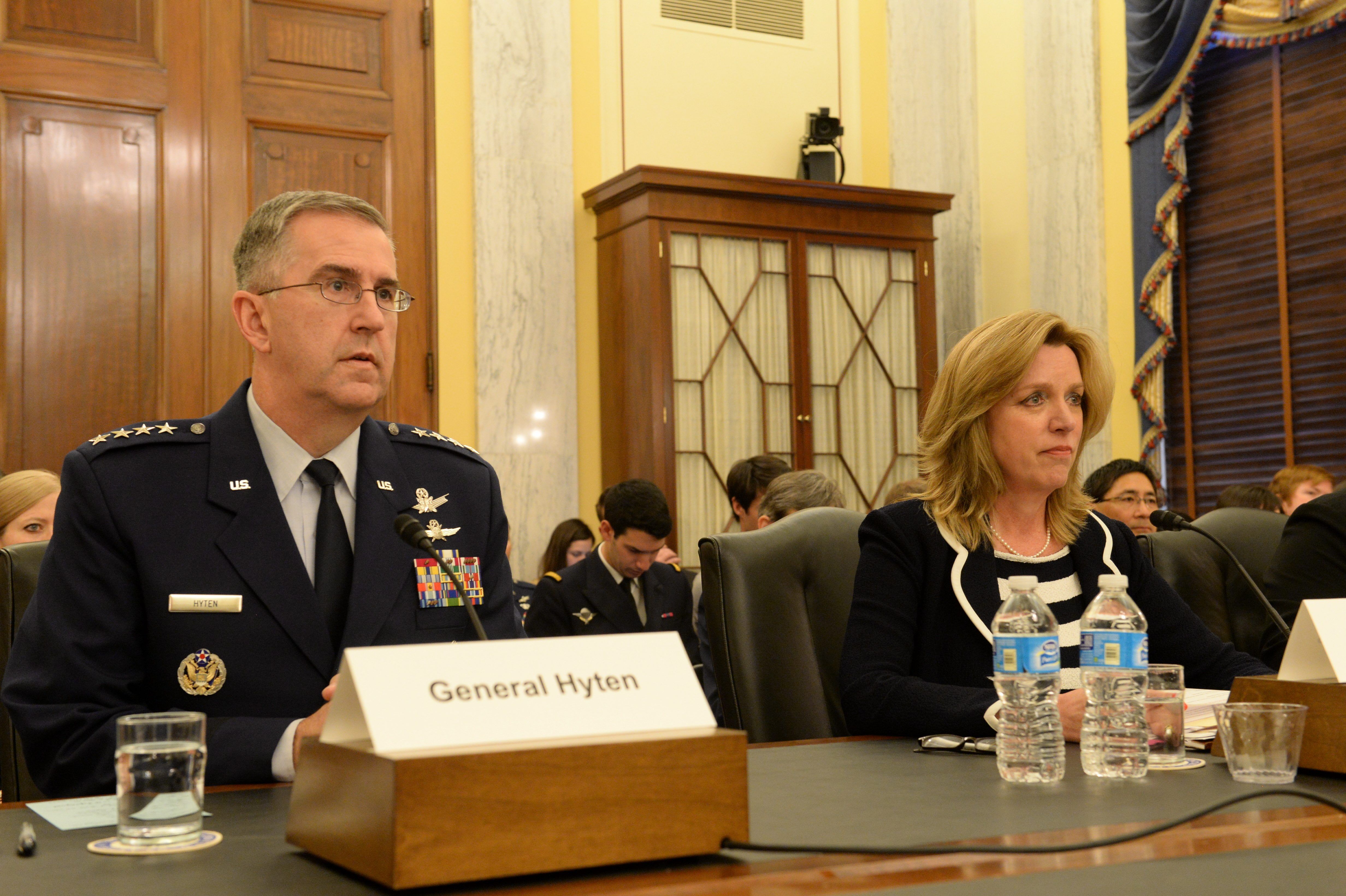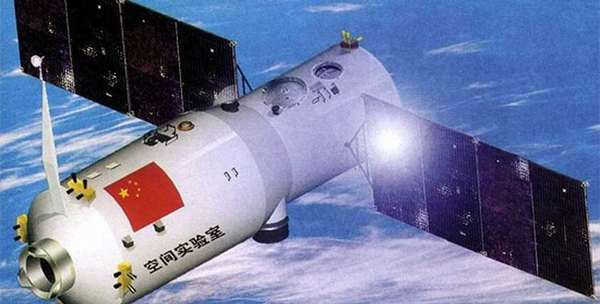Rocket Lab is dedicating itself to launching small satellites cheaply and efficiently — a capability the American company thinks the burgeoning private spaceflight industry desperately needs.
Small satellites, some no bigger than a lunch box, are revolutionizing how people gather data about the Earth, and they might be the future of global communications.
Rocket Lab’s business model is a bit like Henry Ford’s was when he started selling Model T’s: keep the machine simple, produce a lot of them and keep them affordable. Peter Beck, the company’s owner, told Space.com that he’d like to reach a point where Rocket Lab launches one of its custom-made, small-satellite rockets about once per week. And similar to Henry Ford (who didn’t even want to make different colors of the Model T), Beck said that until that basic goal is met, he has no plans to diversify the company’s services. [Satellite Quiz: How Well Do You Know What’s Orbiting Earth?].
